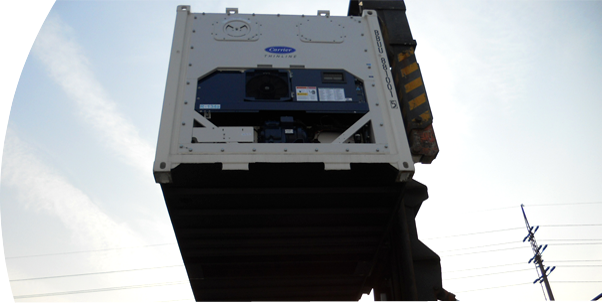Business
Things To Consider Prior To Obtaining A Reefer Container

Shipping managers and logistics providers cringe at the thought of losing revenue through perishable goods but fortunately, with the new technologies, excellent solutions for shipping of such goods are now readily accessible. Obtaining the correct packaging and ensuring that it is tested will enable you to ship your goods in a safe and timely manner. Even though the reefer container you choose will play a great role in this regard, there are other things you have to take into account as you work out a plan on how to get your items transported.
1. The Kind of Goods You Are Shipping
Before looking into the type of reefer container to get, you first have to consider what you are transporting. For instance, goods such as bananas have a very short shelf life and one thing about them is that they also can’t be frozen. If you need to ship such therefore, the process has to be prompt and the goods have to be delivered as soon as possible. For these reasons, the only viable option in this case is air transport since it is only through these means that you can be sure to get the items to the buyer quickly. Aside from that, you also need to examine the issues that make your goods perishable and then aim to avoid them.

2. The Conditions Your Cargo Will Endure
Depending on the route your goods will pass through, there are likely to be different environmental conditions which may also have an effect on the condition within the container. The cargo may undergo high humidity areas, or zones with extremely low temperature. Thus, you have to pick your packaging based on such elements. A logistics provider can be very helpful at this point since they can guide you on the most suitable type of packaging to apply.
3. The Type of Transportation
When transporting perishable goods, you may use any number of transportation modes including ship, trucks, rail or planes. Each of these options comes with its own benefits and setbacks. Ship transport costs less, yet still provides a safe and convenient option. Also, unlike planes, ships allow you to maximize on space. While rail transport is a good option, the schedules are rigid and there may be delays in the transportation of your reefer container; thus, it’s not the best choice for perishable goods. For goods that need to be moved within a short distance, trucks can be the best alternative since they are both fast and convenient.
There are numerous types and sizes of refrigerated containers that you can settle on, but even so, the most important thing to do is to start planning early. By preparing early, you will encounter less damage, get fewer complaints from customers and spend much less on shipping and packaging .Other than that, when you are well organized, you will be able to make best use of the space in the reefer container and therefore save even more. Nonetheless, regardless of your need, logistics providers will always help you with useful information about how to manage the shipping.
-

 Tech11 years ago
Tech11 years agoCreating An e-Commerce Website
-

 Tech11 years ago
Tech11 years agoDesign Template Guidelines For Mobile Apps
-

 Business6 years ago
Business6 years agoWhat Is AdsSupply? A Comprehensive Review
-

 Business10 years ago
Business10 years agoThe Key Types Of Brochure Printing Services
-

 Tech8 years ago
Tech8 years agoWhen To Send Your Bulk Messages?
-

 Tech5 years ago
Tech5 years ago5 Link Building Strategies You Can Apply For Local SEO
-

 Law5 years ago
Law5 years agoHow Can A Divorce Lawyer Help You Get Through Divorce?
-

 Home Improvement6 years ago
Home Improvement6 years agoHоw tо Kеер Antѕ Out оf Yоur Kitсhеn

































